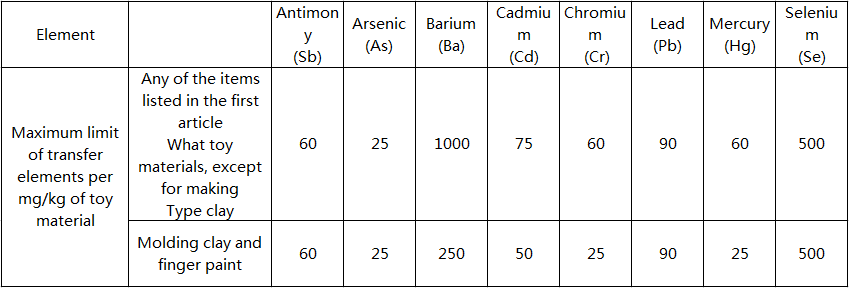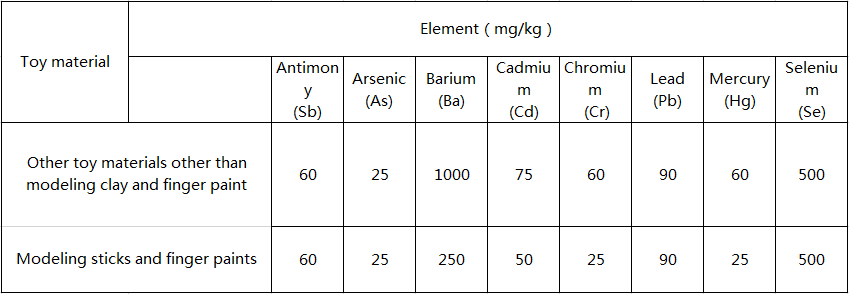 中文
中文 Service Hotline:18906617546
 中文
中文 Service Hotline:18906617546

application
Foreword
Where are the “poisons” of children's toys? Most of them exist in paints. There are two sets of standards for the production of children's toys in some domestic enterprises. The standard of export is very high, using non-toxic and harmless raw materials, while the domestic sales are low-cost harmful raw materials.
material. Most of the color toys in China exceed the EU standards, and the multi-metals of children's toys made of recycled plastics exceed the standard. Toys such as building blocks, baby carriages, and tin toys are coated with various paints or paints.
Harmful metals such as lead, chromium, antimony, arsenic, antimony, cadmium, and mercury in paints or coatings pose a threat to children's health. The surface coating may be heavy metal with λ body under the action of human body contact friction or suitable solvent.
Inside, that is, heavy metals can migrate into the human body through appropriate media.
The brighter the color, the higher the heavy metal. Children's toys are generally rich in color and bright, and consumers are most likely to be attracted by beautiful shapes and gorgeous colors when purchasing children's toys. Insiders pointed out that children's toys paint
The brighter the color, the more heavy metals such as lead, which are mainly caused by lead compounds contained in paint pigments, such as yellow dan, red dan and lead white. Because it keeps the paint color lasting bright, the more it is
National toy standards limit the eight heavy metal elements in paints
I. ASTM F963: 2008 (USA)
Maximum limit of soluble migration elements in toy materials, in ppm (mg/kg)

Total lead: 0.06% (600ppm)
2. EN71-3 (EU)
The limit of migration of toy material elements:

3. cHPA (Canada SoR2016-195 Regulation)
Total lead: 600mk/kg
Mercury: 0 (no mercury is allowed)
The ruthenium, arsenic, antimony, cadmium, and selenium in the migration (in a 5% hydrochloric acid solution, shaken at 20 ° C for 10 min) did not exceed 0.1%.
4.GB6673-2003 (China)

China is one of the world's major producers of toy exporters, and the quality, safety and hygiene of exported toys directly related to personal health problems, especially the harmful heavy metal elements in toys will endanger children's physical and mental health, so it is mandatory
The inspection of harmful heavy metal elements in toys is particularly important. At present, people have conducted extensive research on the analysis methods of toys, and the use of CP to analyze and test harmful heavy metal elements in toys is a widely used method. by
When P is multi-element simultaneous measurement, the analysis speed is fast, the detection limit is low, and the linear range is wide. This has very important practical significance in the spectral analysis and research process of the toy daily inspection. Overall test side
The method can be divided into two types. The results of the test with reference to the EU standard and the Canadian standard will be significantly different, so it is particularly important to compare the results of the two test methods.
Legal Notice|©Ningbo Trustbelley Polymer Co., LtdAll rights reserved浙ICP备18026565号